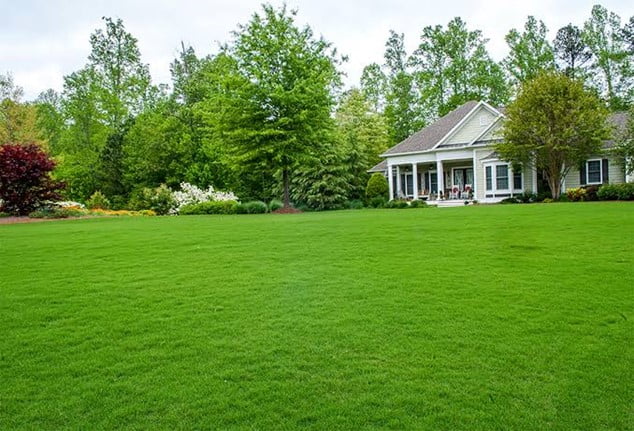
Your ideal lawn is just a few steps away. This article will teach you everything you need to know about growing grass from seed.
Confused about how long is the sprouting and seed development of grass or does grass seed go bad? We have got the answer!
Well, let us be honest here, you will not be immediately satisfied with seed, grass is produced from seed to lawn in approximately two months in favorable conditions.
But also, it can take around seven to thirty days for grass to germinate if the surrounding conditions are good. It does not take long to germinate.
There are, however, several factors that can affect your grass’s speeding, including weather, grass, and soil.
Talking about grass seed going bad, all we can say is that yes, it does go bad but that solely depends on the storage conditions and techniques you use for it.
When stored in a cool and dry place, grass seeds can live upto two or three years. Nevertheless, it may not produce the same results as we might get from planting fresh ones.
Cool Season Grass
The cool-season grasses are the quickest to develop from seed. These grasses thrive in soil temperatures of 50 to 65 degrees Fahrenheit, which correlates to air temperatures of 60 to 75 degrees Fahrenheit. All these grasses will grow from seed to lawn in as little as 30 days with proper care.
Let us see some examples over here.
Perennial or Annual, it takes five to ten days for ryegrass to germinate. It takes seven to ten days for Kentucky Bluegrass to germinate. Tall fescue germinates in seven to twelve days.
Warm Season Grass
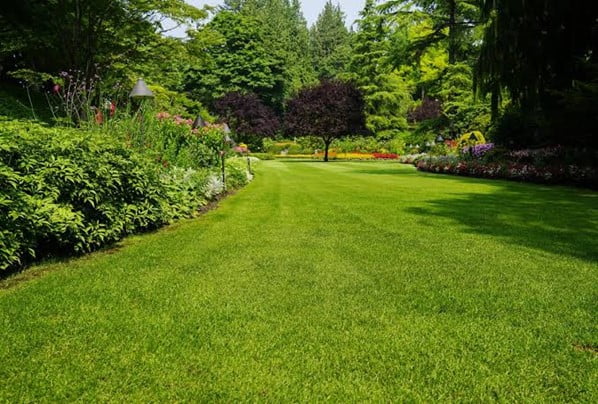
Warm-season grasses grow more slowly than cool-season grasses due to their longer germination time and the time it takes for root growth. Warm-season grasses, as you would imagine, enjoy the heat.
The germination process can be hampered by cold weather, which can lead to the death of young grass plants. Warm-season grasses need soil temperatures between 60- and 75-degrees Fahrenheit, as well as daytime temperatures consistently above 80 degrees, for rapid germination.
You may find these grasses tall enough to mow within two months of seeding, but they take up to a year to establish completely.
We have a few examples of warm season grass; you could have a look at.
Bermuda grass takes ten to thirty days for germinating. Zoysia grass takes fourteen to twenty-one days to germinate, and it is same for Centipede grass as well. While
Buffalo grass can take upto fourteen to thirty days to germinate.
It is an important fact to consider that other than the type of grass you plant, many factors influence how quickly your grass grows. The speed at which grass seeds sprout and establish is affected by sunlight, the time of year, site planning, and irrigation.
Sunlight Requirements

It is the sunlight that is needed the most by little grass seeds. Grass thrives under direct sunshine. As soon as the grass seeds sprout, the tiny leaves begin to absorb the sunlight and convert it into energy, which is used to grow deep roots and lush foliage.
Grass plants grow full and quick when there is plenty of sun. The grass will grow sparsely if there is too much shade. Do not take it lightly when we say that the area should receive at least six hours of absolute, direct sunlight per day before planting grass seed, or use a shade seed mix if that is not possible.
The Right Time Gives the Best Results!
Planting cool season grasses when temperatures are cool and will stay cool for a few months, allowing the lawn to grow itself until the weather warms up can be highly beneficial.
For many of us, this means the end of summer or the beginning of autumn, or maybe the beginning of winter. For others, it heralds the arrival of spring.
Warm season grasses should be planted in late spring or early summer, on the other hand. They take a long time to germinate, and a late cold snap should not disrupt that process. But do not put it off any longer! Before the first frost in the fall, these plants must be well known.
Conclusion
Hope it solves all basic queries and confusions about the process of planting grass seed and you acquire a beautiful and clean lawn!

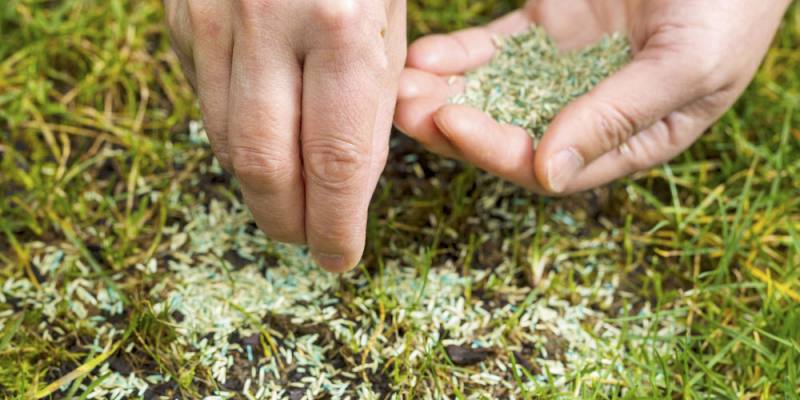
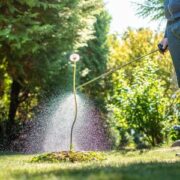

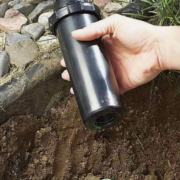
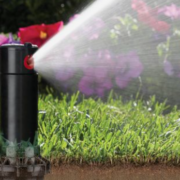
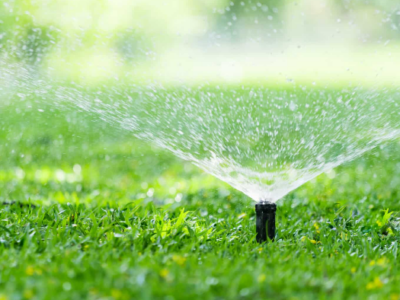
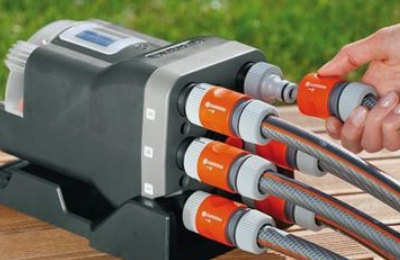


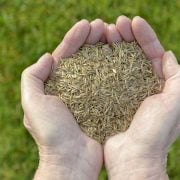



Comments